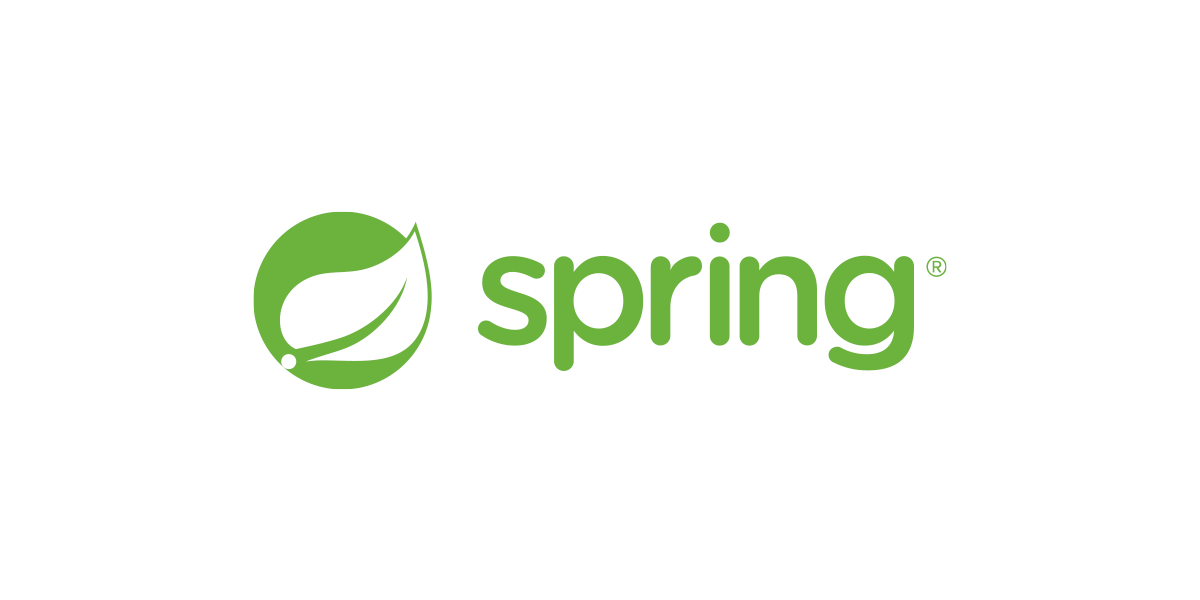Spring AI - 多模态 - 感官世界图解
Humans process knowledge, simultaneously across multiple modes of data inputs. The way we learn, our experiences are all multimodal. We don't have just vision, just audio and just text. These...
人类以多种方式处理知识,同时跨越多种数据输入模式。机器学习的方法过去通常专注于处理单一模态的模型,但现在出现了一波新的多模态大型语言模型。这些模型能够接受多种输入,包括文本、图像、音频和视频,并通过整合这些输入生成文本响应。Spring AI的多模态能力使其能够同时理解和处理来自各种来源的信息。Spring AI的消息API支持多模态大型语言模型的集成,开发人员可以利用这些模型创建创新的解决方案。

